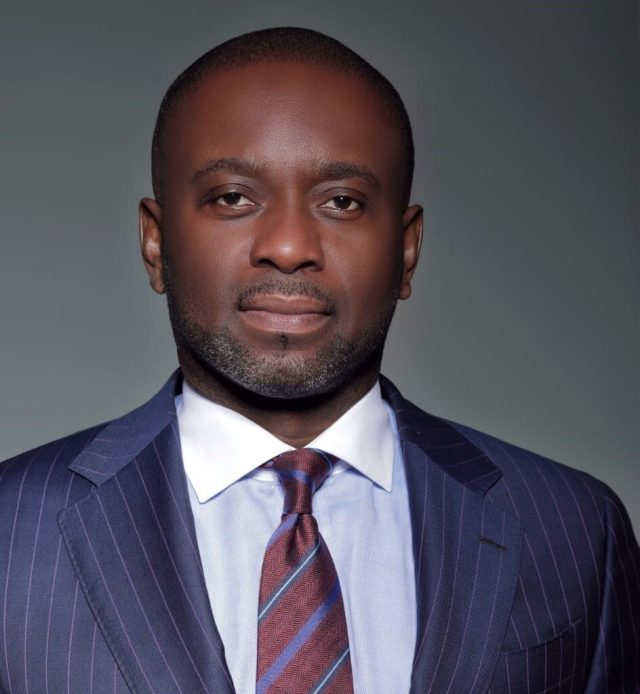The Minerals Income Investment Fund (MIIF) has in its performance update for 2022 said it now has GH¢3.2billion in Assets Under Management (AUM), and is targetting GH¢5billion by end of 2023.
The fund grew assets by a whopping 87.4 percent from 2021 figures, which stood at GH¢1.7billion. People with knowledge of the fund’s intimate workings say with lithium and salt investments penned for 2023, the US$500million mark – or at least GH¢5billion – is very much within view.
The performance was achieved on the back of innovative strategies which led to growth in royalties’ income and expansion of royalties’ sources and investment income.

Growth focused investments
In March 2022, MIIF acquired a US$20million stake in Asante Gold Corporation – a Canadian and German-listed company with assets in Bibiani, Chirano and Kubi. MIIF subscribed to 14,514,286 ordinary shares representing 4.62 percent of the entity at the time. The future-focused investment fund said at the time of acquisition that it saw “significant upsides to the Asante asset and was confident the company which has all its assets domiciled in Ghana would do very well”.
MIIF has also closed a GH¢25million deal in a Ghana/Africa SME-focused Fund and recently announced at the 2023 Mining Indaba in South Africa that it intends to invest US$60million in lithium and salt – with the beneficiary companies being Atlantic Lithium and Electrochem Limited, a wholly Ghanaian-owned company that is aiming to become Africa’s biggest salt producer.
Another area of investment for 2023 is the small-scale mining incubation support programme, wherein MIIF told audiences at the South African Mining Indaba in Cape Town that it was planning to invest another US$60million to formalise small-scale mining; help with traceability mechanisms for the gold produced by small-scale miners under the programme; and ultimately list beneficiary mining firms on the Ghana Stock Exchange (GSE).
MIIF is also developing a gold-backed Exchange Traded Fund (ETF) with support from the Ghana Stock Exchange (GSE) for trading on the local bourse, and possibly the Johannesburg and Toronto Stock Exchanges.
Performance of the Fund’s investments
The Fund recorded an annualised end-year return of 6.13 percent in 2022. The return was also influenced by foreign exchange volatility and good Treasury management of funds.
Edward Nana Yaw Koranteng, Chief Executive Officer of the Fund, said “MIIF mobilised GH¢1.3 billion in 2021 and GH¢1.8billion in 2022, representing a 36 percent growth over the previous year. This was a major factor in growing the Fund’s AUM. We have been able to do this because of an inter-agency framework we put in place last year that has seen us collaborating with more agencies.
“These agencies include the Ghana Standards Authority, Economic and Organised Crime Office and Minerals Commission – which is the minerals sub-sector regulator. We have also adopted innovative technologies such as geo-mapping for all mining sites in Ghana, and also creating a real-time dashboard for all royalties’ contribution from every mine in the country,” Mr. Koranteng said.
Mr. Koranteng further said that: “The Fund put in measures to expand the royalties’ stream by adding sand-winning and salt to the list of royalties-paying minerals, which helps with diversifying the royalties base away from gold”.
MIIF outperforms Global Benchmarked Indexes
MIIF outperformed global benchmarks with an annualised end-year return of 6.13 percent in 2022. The year 2022 witnessed significant market losses for equities and fixed income investments globally. Equities spent most of the year in a bear market, with the S&P 500, FTSE 100 and GSE-CI recording end-year returns of -19.49 percent, +0.91 percent and -12.38 percent respectively. This compares to the 6.13 percent return achieved by MIIF.
The bond market was also hit, especially in developing economies, as the risk of defaults increased. The Russia-Ukraine conflict triggered global inflation and general market uncertainties.



MIIF as a lever for development
Mr. Koranteng expressed optimism that MIIF will in a few years become the lever that can help Ghana through volatile economic periods, and offer the stability that is needed in the economy.
“MIIF will seek to diversify its funding and investment portfolio sources, including capital market transactions; a gold trade desk that has already been set up, which will definitely be a source of forex for the country; and explore risk participation in high-yielding projects with top-grade financial institutions,” he said.
Mr. Koranteng emphasised that: “We are a young fund; however, we are focused on getting it right. We plan to hit the US$500million AUM by January 2024 and US$1billion by 2027. We have made investments in Asante Gold, and we are targetting some gold exploratory companies, lithium and salt – as well as lithium by-products such as feldspar and silica, to kickstart the ceramics and fibreglass industry.”
About MIIF
The Minerals Income Investment Fund (MIIF) is Ghana’s minerals sovereign fund. MIIF was established pursuant to the Minerals Income Investment Fund Act, 2018 (Act 978) as amended to receive royalties payments from mineral production activities in Ghana, and to manage government equity interest in mining companies.








![“I made Shatta Wale who he is today” – Singer Kay Smooth alleges [Video]](https://ghananewss.com/storage/2023/04/Kay-Smooth-Shatta-Wale-100x75.jpeg)

![Mr Logic’s Red Panther record label officially signs two Afro-dancehall artistes[Video]](https://ghananewss.com/storage/2023/05/Mr-Logic-signs--100x75.jpeg)







